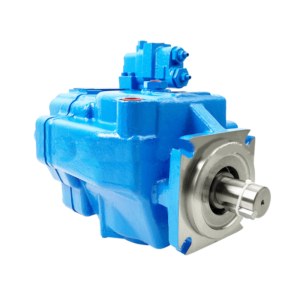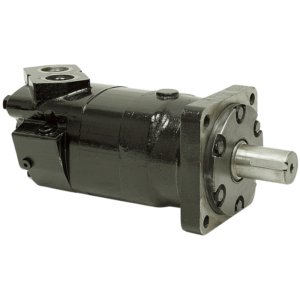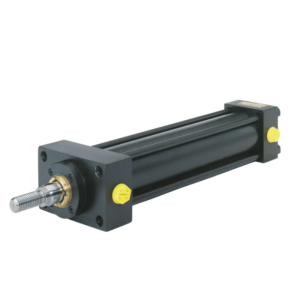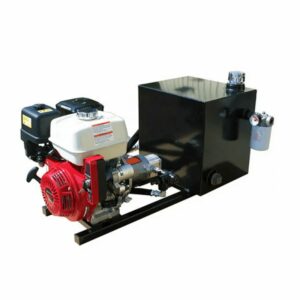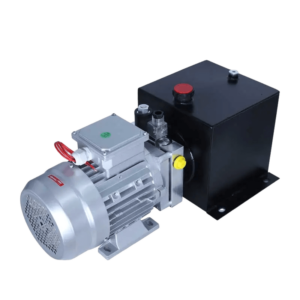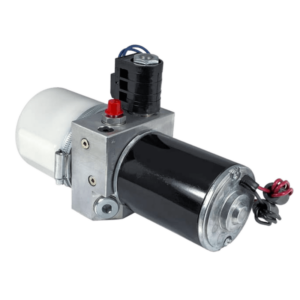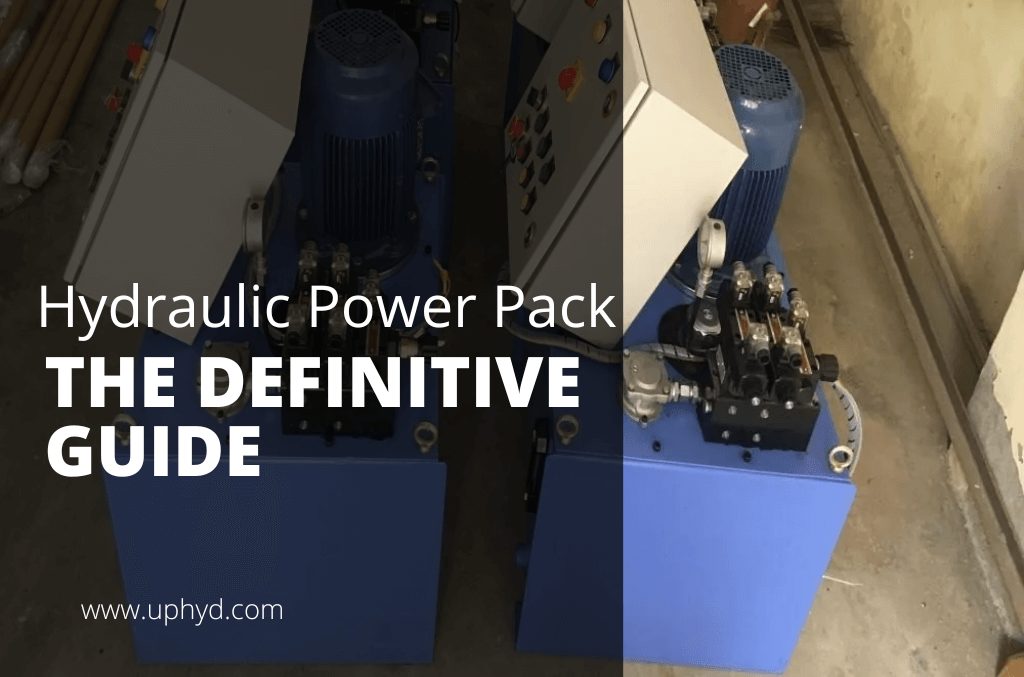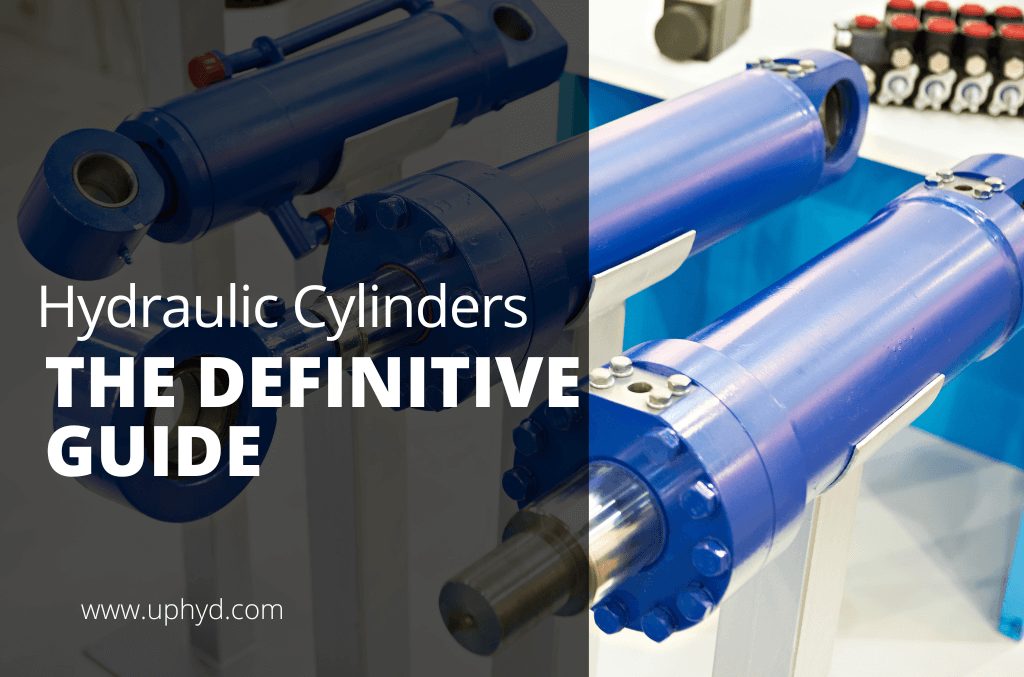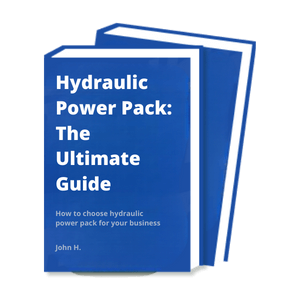PRODUCT FEATURES
Hydraulic Plunger Pump Manufacturer to Rocket Your Business
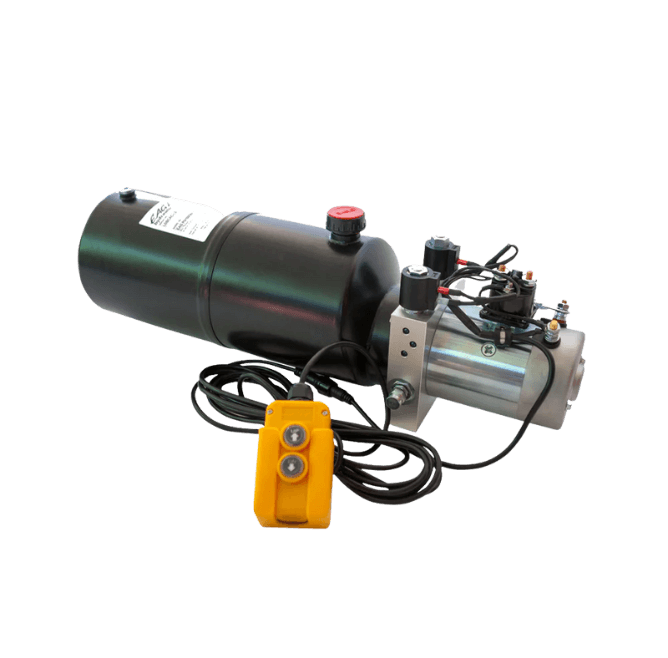
PRODUCTS
Proud To Offer a Wide Variety of Products
If you are looking for something specific that isn’t listed on our website yet, just contact us today!

ABOUT US
Who is Uphyd.com
Uphyd.com have seen that today there are also many hydraulic power pack companies in China & internationally. However, their solutions were still stuck a few years ago.
In fact, we have been upgraded in recent years, and uphyd.com hope our smart and flexible solutions can inject fresh blood into this market.
PARTNER
Trusted by 530+ Top Companies





BUYER’S GUIDE
Hydraulic Plunger Pump: The Ultimate Guide For Wholesalers
Looking to add a hydraulic plunger pump to your inventory? With new hydraulic plunger pumps on the market, it can be tough to decide which pump is right for your business.
In this guide, we’ll outline everything you need to know about plunger pumps, from the basics, and how it works to their main component and their functions. We’ll also provide tips for choosing the right plunger pump for your needs.
So whether you’re just starting out in the hydraulics industry or are looking for a more in-depth understanding of plunger pumps, read on!
Table of contents
1. Hydraulic Plunger Pump: The Basics
A hydraulic plunger pump is a type of positive displacement pump that uses a reciprocating motion to move fluid through a cylinder. Unlike other types of pumps, hydraulic plunger pumps do not have any moving parts in contact with the fluid being pumped. This makes them well-suited for applications where contamination is a concern, like the food and beverage industry.
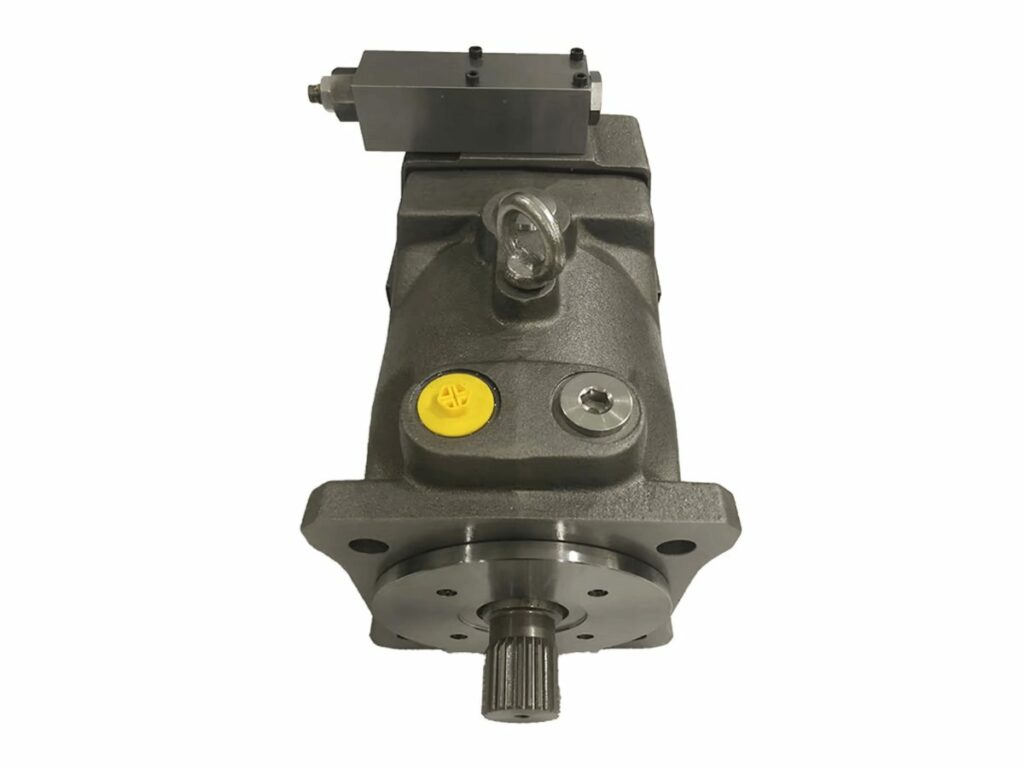
A hydraulic plunger pump can also be used to pump highly viscous fluids, such as paste or slurry. Because they generate a high level of pressure, hydraulic plunger pumps are often used in hydrostatic testing applications.
Hydraulic plunger pumps are available in a variety of configurations:
- Single-acting pumps have one working cylinder and one return cylinder
- Double-acting pumps have two working cylinders
Hydraulic plunger pumps are also available in a variety of power sources, including:
- electric
- pneumatic
- hydraulic
2. How Does the Hydraulic Plunger Pump Work?
The hydraulic plunger pump works by using a reciprocating motion to move fluid through a cylinder. The piston in the pump creates a vacuum on the intake side of the pump, which draws fluid into the cylinder. On the other side of the piston, the fluid is compressed and forced out of the cylinder.
The size of the plunger pump’s cylinders will determine the flow rate and the pressure that the pump can generate. The larger the cylinders, the higher the flow rate and pressure that the pump can generate.
3. The Difference Between a Piston and a Plunger Pump
Hydraulic plunger pumps are commonly used in a wide variety of applications, from automotive manufacturing to sewage treatment. But what exactly is a plunger pump? And how does it differ from a piston pump? Here are some differences between a piston and a plunger pump:
| Piston Pump | Plunger Pump |
|---|---|
| typically powered by an electric motor which is good for continuous operation. | can be powered either by an electric motor or by a gasoline engine |
| have a simple design | have a more complex design |
| have a relatively low flow rate | have a higher flow rate |
| can generate high pressures, up to 10,000 psi | can generate even higher pressures, up to 15,000 psi |
| typically used for low-pressure applications | can be used for both high and low-pressure applications making |
| have fewer moving parts and their operation is more straightforward | less efficient due to their complex design |
| mainly used in automotive manufacturing | have a wider range of applications |
Power Source
Piston pumps are typically powered by an electric motor which is good for continuous operation. On the other hand, plunger pumps can be powered either by an electric motor or by a gasoline engine which makes them more versatile.
Design
Piston pumps have a simple design where a piston is used to draw fluid into a cylinder and then push it out. Plunger pumps, on the other hand, have a more complex design that uses a plunger to draw fluid into a cylinder and then force it out.
Flow Rate
Piston pumps have a relatively low flow rate which is good for applications where a constant flow is needed. Plunger pumps have a higher flow rate which is good for applications where a large volume of fluid needs to be moved quickly.
Pressure
Piston pumps can generate high pressures, up to 10,000 psi which is good for applications where a high level of pressure is needed. Plunger pumps, on the other hand, can generate even higher pressures, up to 15,000 psi which is good for applications where an extremely high level of pressure is needed.
Function
Piston pumps are typically used for low-pressure applications such as hydraulic presses. Plunger pumps, on the other hand, can be used for both high and low-pressure applications making, them more versatile.
Efficiency
Piston pumps are typically more efficient than plunger pumps. This is because they have fewer moving parts and their operation is more straightforward. Plunger pumps, on the other hand, can be less efficient due to their complex design.
Application
Piston pumps are mainly used in automotive manufacturing while plunger pumps have a wider range of applications such as in sewage treatment, water treatment, and food processing.
Hydraulic piston and plunger pumps are both used in a variety of industries to move fluids. Each type of pump has its own advantages and disadvantages, so it is important to choose the right type of pump for the job at hand.
4. Main Components and Their Functions
The Hydraulic plunger pump has many applications in various industries. Hydraulic Plunger Pump consists of a few main components such as the following:
Plunger
A plunger is a long, cylindrical piece of metal that fits snugly inside the cylinder. The plunger has a small hole in the center that allows fluid to pass through. The plunger is connected to the piston via a rod. The piston is responsible for moving the plunger back and forth inside the cylinder.
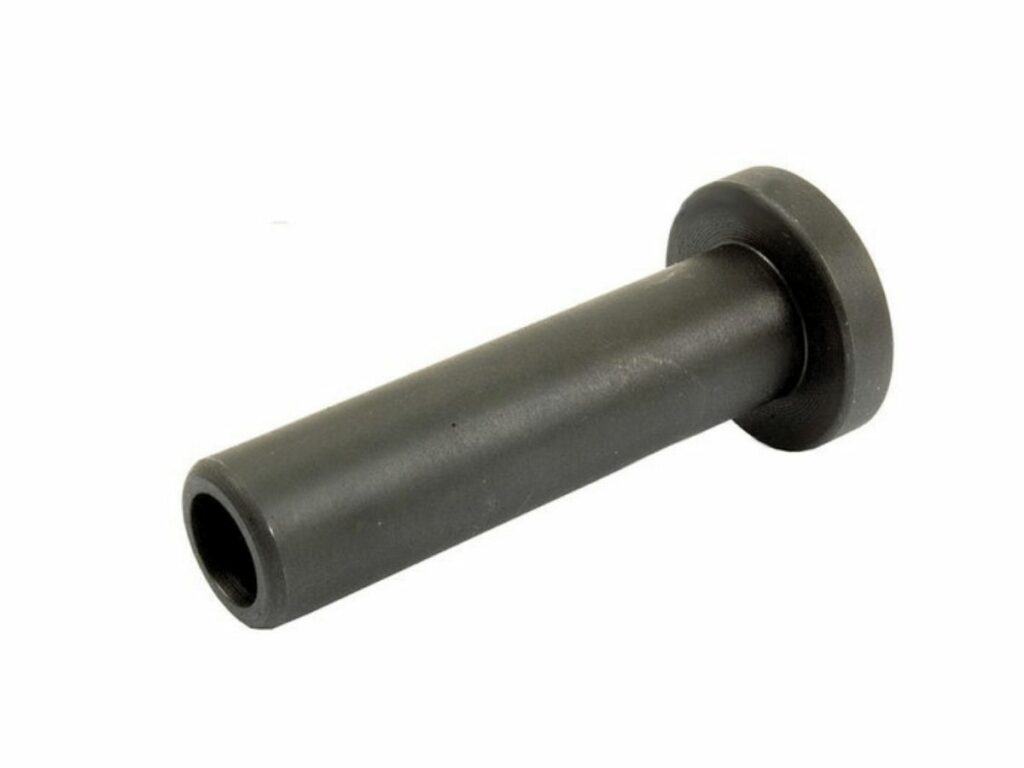
Cylinder
The cylinder is a metal chamber that houses the plunger. The cylinder has a small hole in the center that allows fluid to pass through this allows the plunger to create either a vacuum or pressurized system.
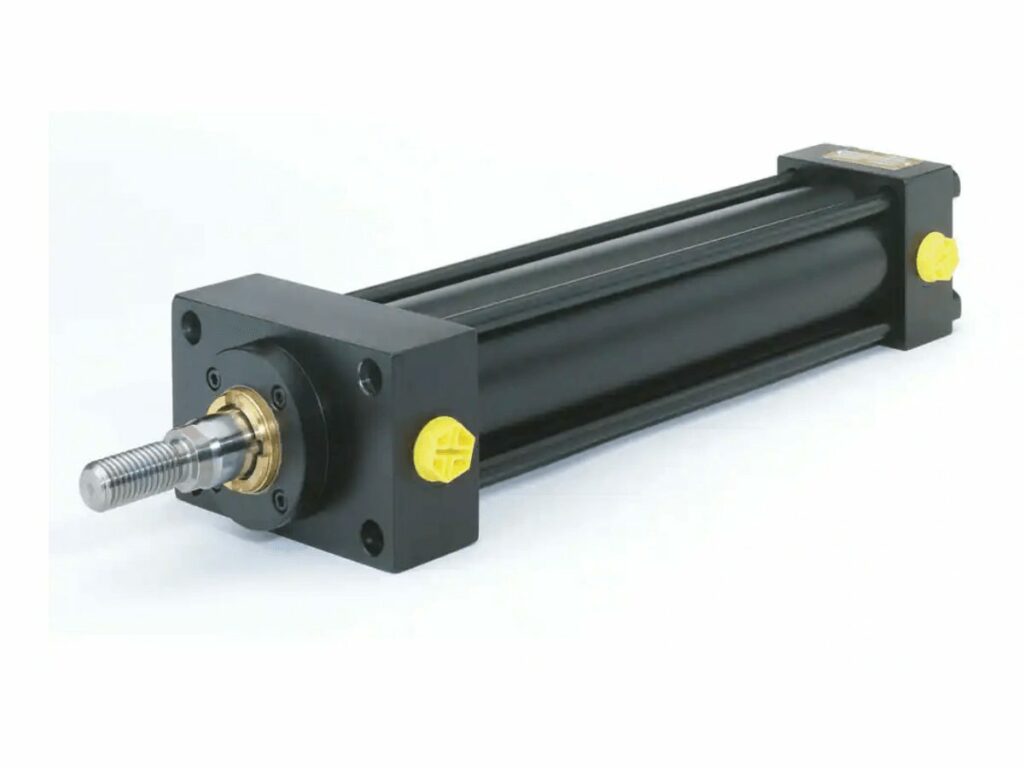
Piston
The piston is connected to the plunger via a rod. The piston is responsible for moving the plunger back and forth inside the cylinder. The piston is powered by either an electric motor or a hydraulic system.
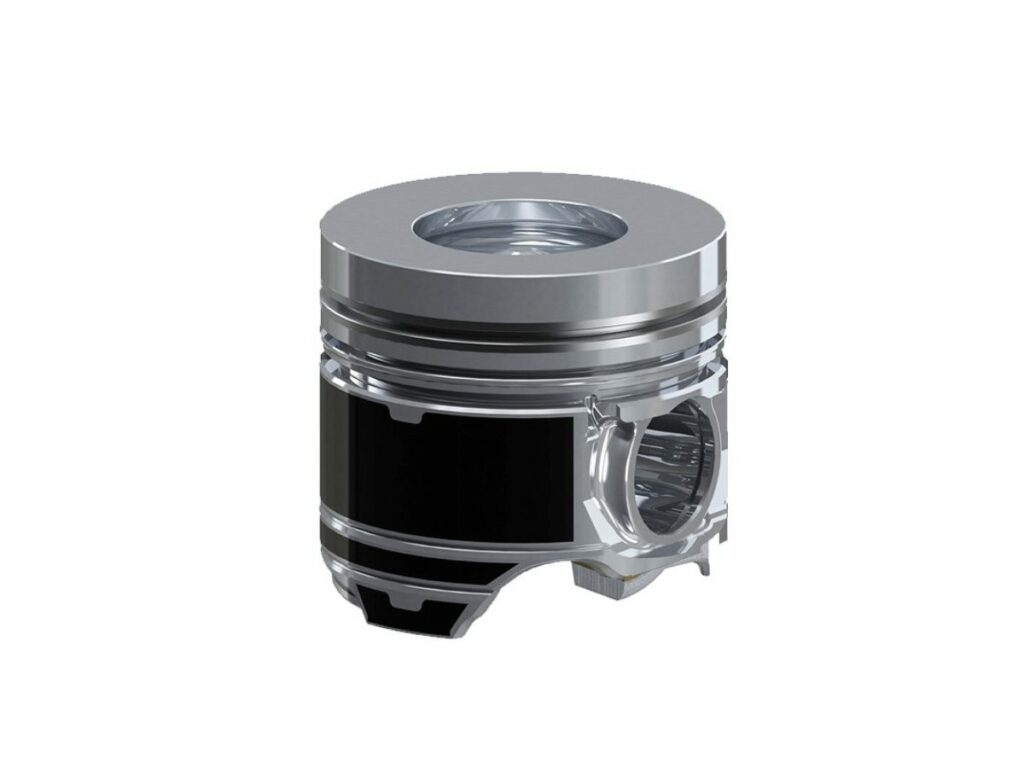
Rod
The rod is connected to the piston and plunger. The rod is responsible for moving the plunger back and forth inside the cylinder.
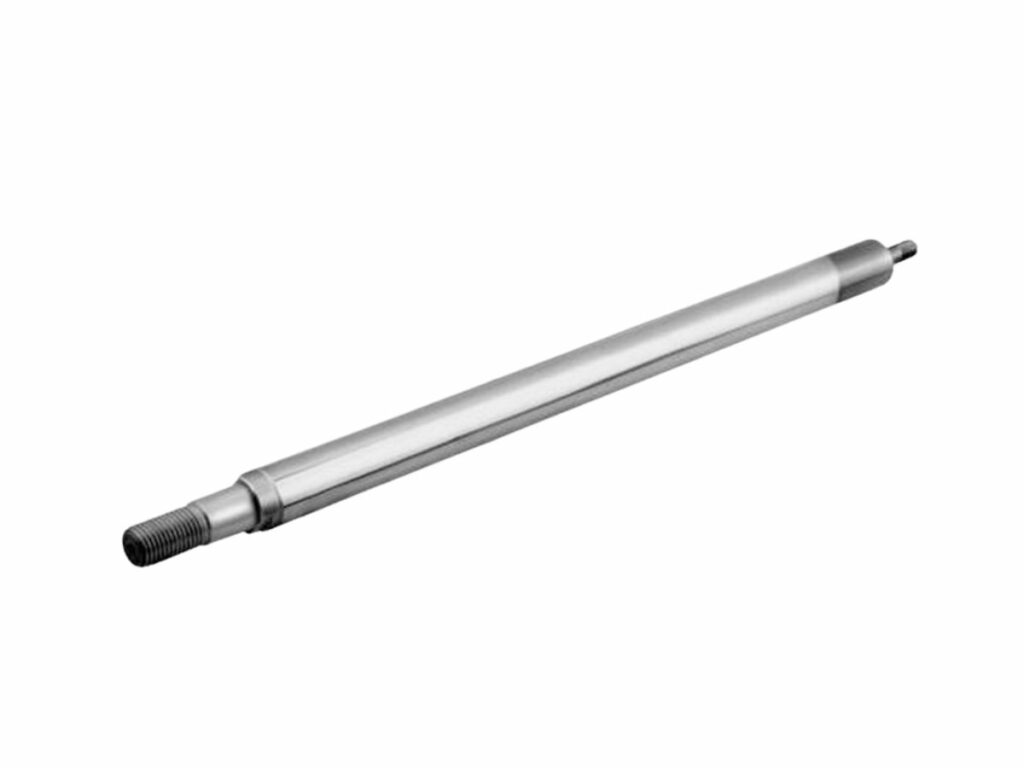
Pump Body
The pump body is a metal casing that houses the cylinder, piston, and rod. The pump body also has an inlet and outlet port that allows fluid to enter and exit the pump.
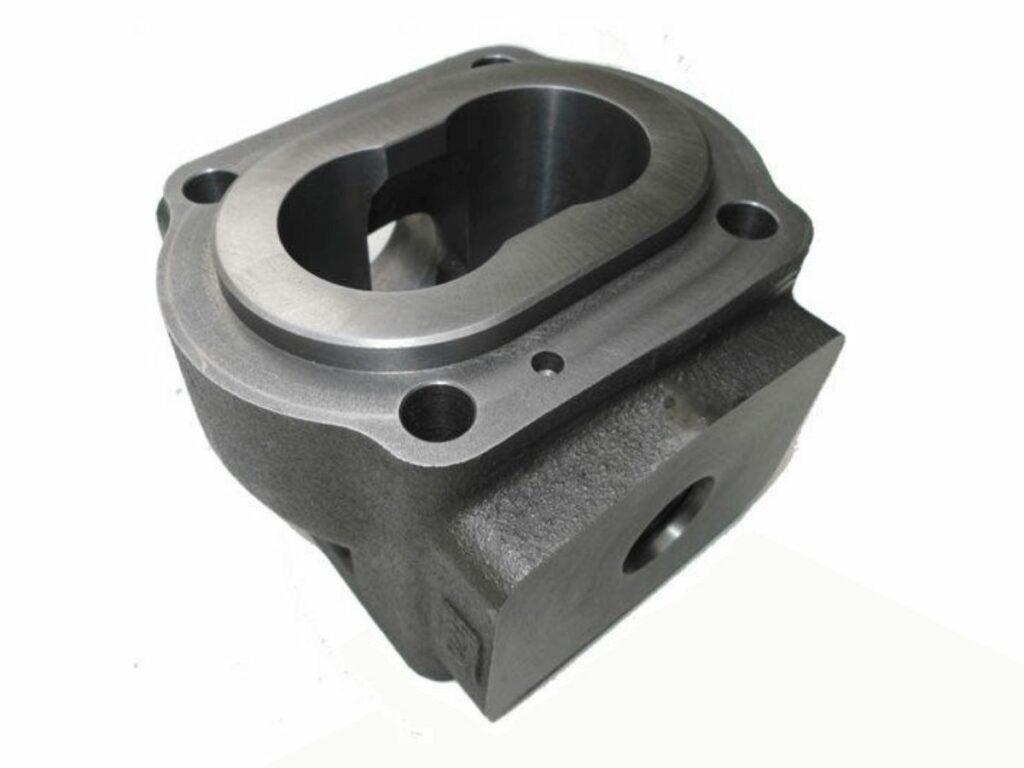
These are the main components of a hydraulic plunger pump and their functions.
5. Key Features
A hydraulic plunger pump is a type of positive displacement pump that uses a plunger to move fluid through a cylinder. The key features of a hydraulic plunger pump include:
Generates High Pressures With a Small Footprint
One of the key features of this pump is that it can generate high pressures with a small footprint. This makes it ideal for applications where space is limited, such as in automotive and aerospace engineering.
Can Be Used To Pump Either Liquids or Gases
Another key feature of this pump is that it can be used to pump either liquids or gases. This makes it versatile and suitable for a wide range of applications.
High Flow Rate
Another key feature of this pump is that it has a high flow rate. This is due to the fact that the plunger creates a vacuum when it moves back and forth in the cylinder. This vacuum pulls fluid into the pump, which is then pushed out under pressure.
Simple Design With Few Moving Parts
Another key feature of this pump is that they have a simple design with few moving parts. This makes them reliable to operate especially in difficult environments.
Available in a Variety of Sizes and Configuration
Another key feature of this pump is that they are available in a variety of sizes and configurations. This makes them suitable for a wide range of applications.
Self-Priming
Another key feature of this pump is that it is self-priming. This means that it can start pumping fluid without the need for an external source of power.
Easy To Maintain
Another key feature of this pump is that it is easy to maintain. This is because there are fewer moving parts than in other types of hydraulic pumps.
These are the key features of a plunger hydraulic pump. So if you want to know more about this pump, then you can contact Uphyd and we will be happy to provide you with more information.
6. 7 Industry Application
Hydraulic plunger pumps are finding increasing applications in a wide variety of industries. In the past, these high-pressure pumps were mainly used in hydraulic systems, but their use has now been extended to other industries such as the following:
#1 Automotive Engineering
Automotive engineering is one of the industries where hydraulic plunger pumps are used. These pumps are used in a variety of applications such as power steering, brakes, and suspensions.
#2 Aerospace Engineering
Aerospace engineering is another industry where hydraulic plunger pumps are used. These pumps are used in aircraft for a variety of applications such as brakes, landing gear, and hydraulic systems.
#3 Construction
Construction is another industry where hydraulic plunger pumps are used. These pumps are used in a variety of applications such as excavators, bulldozers, and cranes.
#4 Agriculture
Agriculture is another industry where hydraulic plunger pumps are used. These pumps are used in a variety of agricultural equipment such as tractors, combine harvesters and irrigation systems.
#5 Mining
Mining is another industry where hydraulic plunger pumps are used. These pumps are used in a variety of mining applications such as drilling, excavating, and hauling.
#6 Oil and Gas
Oil and gas is another industry where hydraulic plunger pumps are used. These pumps are used in a variety of applications such as drilling, transportation, and refining.
#7 Food and Beverage
Food and beverage is another industry where hydraulic plunger pumps are used. These pumps are used in a variety of applications such as packaging, processing, and transportation.
These are some of the industries where hydraulic plunger pumps are used. So if you want to know more about this pump, then you can contact Uphyd and we will be happy to provide you with more information.
7. Hydraulic Plunger Pump: How Much Is It?
The cost of a hydraulic plunger pump will depend on a number of factors, including the size and capacity of the pump, and its features. You can expect to pay anywhere from $200 to $700 for a quality pump.
The size and capacity of the pump are one of the main factors that will affect the cost. A larger and more powerful pump will usually be more expensive than a smaller and less powerful one. The features of the pump are also one of the main factors that will affect the cost. A pump with more features will usually be more expensive than one with fewer features.
When you are looking for a hydraulic plunger pump, it is important to compare prices from different suppliers. This will help you to find the best deal.
8. How to Work With Hydraulic Plunger Pump Manufacturer
As a business owner, you understand the importance of working with reliable suppliers. So if you are wondering how to work with a hydraulic plunger pump manufacturer, here are some tips:
Understand the Basics
To work with a hydraulic plunger pump manufacturer, you’ll need to understand the basics of hydraulics and have a strong understanding of how plunger pumps work so that you can convey your needs accurately.
Know the Different Types
You should also be familiar with the different types of hydraulic fluids and have a good working knowledge of the physics behind fluid dynamics. Once you have all of this knowledge, you’ll be able to work closely with your chosen manufacturer to select the right pump for your needs.
Communicate Your Needs Clearly
When you are communicating your needs to the manufacturer, it is important to be as clear and concise as possible. You should have a good idea of what you need before you start talking to the manufacturer so that you can convey your requirements clearly.
Communicate Regularly
It is also important to communicate regularly with the manufacturer so that you can stay up-to-date on the progress of your order and make sure that everything is going according to plan.
Be Open to Recommendations
You should also be open to recommendations from the manufacturer. They will have a lot of experience and expertise, so they may be able to suggest a better pump for your needs than the one you had originally planned to get.
By following these tips, you can be sure that you’ll have a good working relationship with your hydraulic plunger pump manufacturer.
9. Where to Source for a Reliable Manufacturer
Any business owner knows that finding a reliable manufacturer is key to ensuring the success of the business. After all, the quality of the products produced by the manufacturer will have a direct impact on the reputation of the business. So where should you look when sourcing for a reliable manufacturer? Here are the places you can look:
Trade Shows
One of the best places to look for a reliable manufacturer is at trade shows. These are events where manufacturers from all over the world come together to showcase their products. This is a great opportunity to see the products up close and talk to the manufacturers directly.
Online Directories
Another great place to look for manufacturers is online directories like Alibaba and Made in China. These are websites that list manufacturers from all over the world. This is a great way to find manufacturers in your country or region.
Manufacturer Association Websites
Another great place to look for manufacturers is manufacturer association websites. These are websites that list manufacturers that are members of the association. This is a great way to find manufacturers that are reputable and have a good track record.
Google Search
You can also use a simple Google search to find manufacturers. Just type in the product you are looking for and the country or region you want to source from. This will give you a list of manufacturers that meet your criteria.
Social Media Platforms
You can also use social media platforms like LinkedIn and Twitter to find manufacturers. Just type in the product you are looking for and the country or region you want to source from. This will give you a list of manufacturers that meet your criteria.
By following these tips, you can be sure that you’ll be able to find a reliable manufacturer like Uphyd for your hydraulic plunger pump.
10. 7 Buying Tips About Hydraulic Plunger Pump
Buying a hydraulic plunger pump is not as easy as it may seem. With so many different models and brands on the market, it can be difficult to know which one is right for you. To help you make an informed decision, here are a few tips to keep in mind when shopping for a hydraulic plunger pump:
#1 Usage
Consider the intended use of the pump. If you need a pump for heavy-duty industrial applications, you will need a model that is designed to handle high pressures and flows. On the other hand, if you only need a pump for light-duty tasks, you can save money by choosing a less powerful model.
#2 Flow rate
The flow rate is the amount of fluid that the pump can move per unit of time. It is important to choose a pump with a flow rate that meets your needs. If you need a high flow rate, you will need to choose a model with a higher power rating.
#3 Pressure
The pressure is the amount of force that the pump can generate. It is important to choose a pump with a pressure that meets your needs. If you need high pressure, you will need to choose a model with a higher power rating.
#4 Power
The power is the amount of energy that the pump can generate. It is important to choose a pump with power that meets your needs. If you need high power, you will need to choose a model with a higher flow rate.
#5 Size
Take into account the size of the unit. If space is limited, choose a compact model that can be easily stored when not in use. Conversely, if you have plenty of space, you may want to choose a larger model that can accommodate more fluid.
#6 Features
Pay attention to the features offered by different models. Some pumps come with features such as pressure gauges and auto-shutoff valves, which can be very helpful in certain situations. Other models may offer more basic features, but they may also be more affordable. When considering different models, be sure to compare the features and prices to find the best value for your needs.
#7 Environment
Think about the environment in which the pump will be used. If you need a pump for outdoor use, be sure to choose a model that is designed for that purpose. Conversely, if you only need a pump for indoor use, you can save money by choosing a model that is not designed for outdoor use.
Following these tips will help you narrow down your choices and find the perfect hydraulic plunger pump for your needs. With so many options available on the market today, there is no reason to settle for anything less than the perfect pump for your application.
11. Conclusion
Hydraulic plunger pumps can be an excellent addition to your product line. Therefore, it is important to understand how they work and what benefits they offer. This guide has covered hydraulic plunger pumps, from how they work to the benefits they offer wholesalers.
If you have any questions or would like more information, please don’t hesitate to contact us. We’re always happy to help!
FEATURE BLOGS
READY TO LEARN MORE?
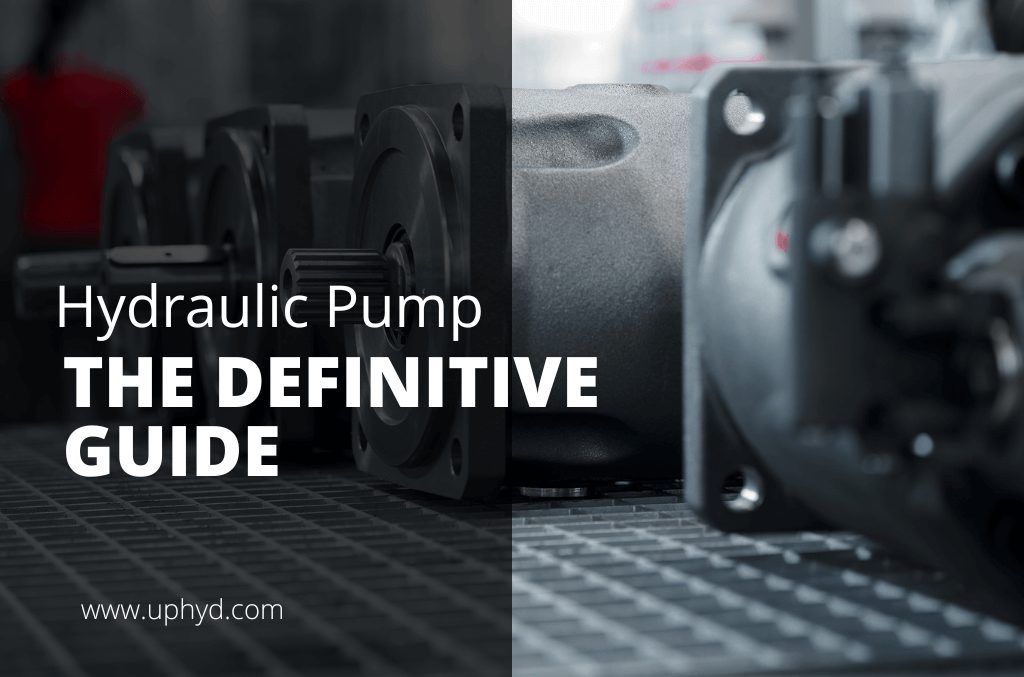
Find everything you need to know about hydraulic pumps in this comprehensive guide.


